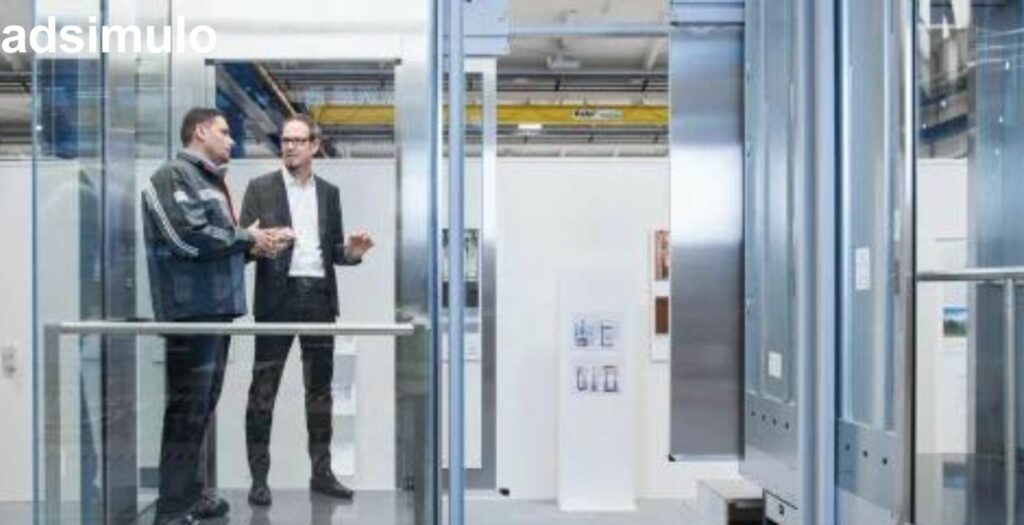
The landscape of elevator design is shifting dramatically as innovations in technology, sustainability, and aesthetics converge to redefine what we expect from modern lifts. In 2024, these advancements promise to transform elevators from mere functional elements of building architecture into integral components that enhance efficiency, safety, and user experience. This blog delves into the forefront of these changes, exploring the hottest trends in elevator design.
- Technological Advancements in Elevator Systems
As the digital world expands, so too does the technology behind elevator systems. The integration of artificial intelligence and the Internet of Things (IoT) is now standard in the lift design software, enabling features such as predictive maintenance, personalized user experiences, and enhanced operational efficiency. These technological strides not only improve the functionality of elevators but also ensure they are more adaptable to the needs of modern buildings and their inhabitants. - Sustainability Initiatives in Elevator Design
The push towards green building practices is influencing elevator designs to focus on sustainability. Modern elevators are being equipped with energy-efficient systems that minimize power consumption and incorporate materials that are both durable and eco-friendly. These sustainability initiatives are vital as they help reduce the environmental footprint of buildings while supporting global sustainability goals.
- Aesthetic Transformations in Modern Elevators
Elevator design is no longer just about functionality but also encompasses aesthetic appeal. The use of sophisticated materials and innovative designs can transform elevators into statement pieces within buildings. This trend towards aesthetic transformation ensures that elevators complement the interior design and architectural ethos of the spaces they inhabit, making every ride a visually pleasing experience.
- Personalization for Home Lifts
In the realm of residential buildings, customization is becoming increasingly popular. Lift design software now allows for extensive personalization in home elevators, catering to specific aesthetic preferences and functional requirements. From bespoke interior panels to unique operating features, homeowners can tailor their elevators to reflect their personal style and enhance their living environment. - Integration of Smart Technologies
Smart technology is at the heart of the 2024 elevator design trends. Modern elevators are becoming part of larger smart building ecosystems, where they interact with other systems to optimize energy use, improve security, and enhance user accessibility. Features like touchless controls and facial recognition are becoming commonplace, offering users a seamless and interactive experience. - New Safety Features and Regulations
Safety remains a paramount concern in elevator design. New regulations and technologies are continually being developed to enhance the safety of these systems. Innovations such as advanced braking systems, superior door sensors, and emergency communication tools are being standardized to ensure that elevators are not only fast and efficient but also incredibly safe. - The Shift Towards Faster, More Efficient Elevators
The demand for speed and efficiency in elevators is particularly pronounced in high-rise buildings. Advanced Lift Traffic Analysis is enabling the creation of elevators that move faster and with greater efficiency, reducing wait times and increasing throughput. This is crucial in commercial environments where time is often of the essence and efficiency can directly impact business operations.
Wrapping Up
The elevator design trends of 2024 reflect a dynamic blend of innovation, style, and practicality. As technology, sustainability, and aesthetics continue to evolve, so too will the capabilities and features of modern elevators. These advancements promise not only to meet the demands of contemporary architecture but also to redefine our expectations of vertical transportation.

